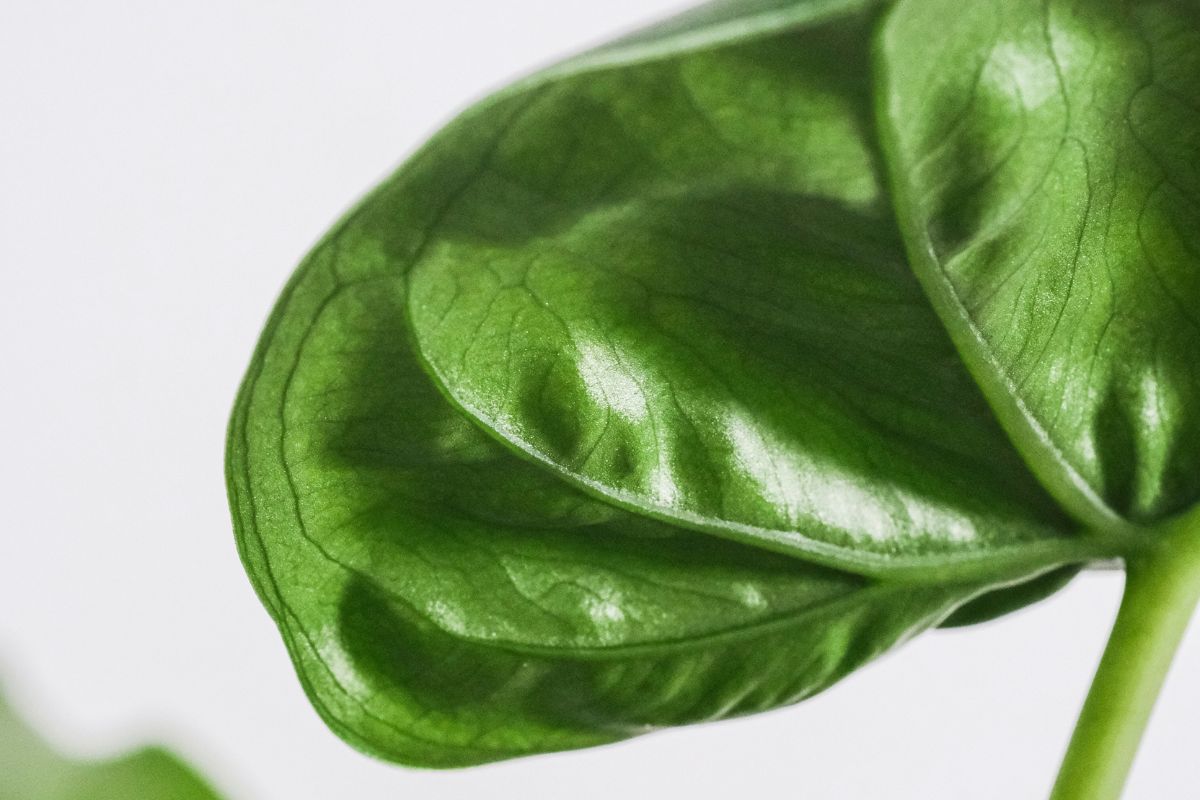Alocasia Plant Benefits
Alocasia, known for its strikingly dramatic foliage and unique appearance, is a stunning plant that can instantly transform any space. With its large, arrow-shaped leaves and striking veins, this tropical beauty adds an exotic touch to indoor plant collections. Native to Southeast Asia and Eastern India, Alocasia is a part of the Araceae family and is commonly referred to as “Elephant Ear” due to the shape of its leaves. While Alocasia can be a bit more demanding in terms of care, its rewards are worth the effort. Let’s explore the benefits and care tips for this stunning indoor plant.
Benefits of Alocasia

1. Aesthetic Appeal
One of the most noticeable benefits of Alocasia is its beauty. The plant’s large, glossy leaves, often adorned with bold veins and contrasting edges, create a dramatic effect that elevates any interior space. With various species and cultivars available, the plant’s leaf color can range from deep green to silver, making it a versatile addition to different decor styles.
Design Tips:
Alocasia plants thrive in spaces with lots of light and open areas to showcase their grandeur.
They can be placed as a statement plant in living rooms, bedrooms, or even hallways to catch the eye.
2. Air Purification
Like many houseplants, Alocasia can help improve the air quality in your home. The plant absorbs carbon dioxide and releases oxygen during photosynthesis, helping to freshen the air. Alocasia is also known to filter out toxins such as formaldehyde, making it a great choice for enhancing indoor air quality.
Why it works:
Its large leaves have a substantial surface area for photosynthesis and detoxification.
It can help improve the overall ambiance of a space by creating a fresher, cleaner atmosphere.
Tip: Place your Alocasia in rooms where you spend a lot of time to benefit from cleaner air.
3. A Connection to Nature
Alocasia, with its tropical origins, brings a piece of nature indoors. The lush greenery and striking foliage help create a calming environment, promoting relaxation and mental well-being. Having a connection to nature has been shown to reduce stress and improve overall mood.
Why it helps:
The visual appeal of large, bold leaves provides a soothing and grounding presence.
Caring for plants like Alocasia fosters mindfulness, helping to relieve anxiety.

How to Care for Alocasia
Alocasia plants are beautiful but can be a little more finicky than other houseplants. Knowing their specific care requirements is crucial for maintaining their health and vibrancy.
1. Light Requirements
Alocasia thrives in bright, indirect light. Although it can handle a bit of direct sunlight, excessive exposure can burn its leaves. Low light can cause it to become leggy and weak.
Care Tips:
Place Alocasia near a window where it will receive indirect light.
Turn the plant from time to time to promote balanced growth.
2. Watering
Alocasia likes consistently moist soil but does not tolerate overwatering. It is important to ensure that the soil drains well and doesn’t stay soggy, which could lead to root rot.
Watering Tips:
Water the plant when the top inch of the soil is dry to the touch.
Make sure the pot has drainage holes to let the excess water drain out.
Cut back on watering during the winter months when the plant’s growth slows down.
3. Temperature and Humidity
Being a tropical plant, Alocasia thrives in warm and humid conditions. Ideal temperatures range from 65°F to 80°F (18°C to 27°C). Humidity is especially important to prevent the leaves from drying out or developing brown tips.
Care Tips:
Keep the Alocasia in a warm room, avoiding drafts, air conditioners, and heaters.
Increase humidity by misting the leaves or using a humidifier if necessary.
4. Soil
Alocasia prefers well-draining, lightweight soil that holds moisture but does not become waterlogged. A mix of peat, perlite, and orchid bark works well for this plant.
Soil Tips:
Use a potting mix designed for tropical plants or create your own mix with equal parts of peat, perlite, and pine bark.
Repot the plant every 1-2 years to refresh the soil and allow for root expansion.
Common Problems and Solutions
Yellowing Leaves: This could be a sign of overwatering or inadequate drainage. Let the soil dry out before watering again and ensure proper drainage in the pot.
Brown Tips: Low humidity or inconsistent watering can cause the leaf tips to turn brown. Increase humidity or water more regularly.
Pests: Alocasia can be prone to spider mites, aphids, and mealybugs. Use insecticidal soap or neem oil to treat if needed.
Conclusion
Alocasia is a bold and beautiful plant that can thrive indoors with the right care. Its striking foliage, air-purifying qualities, and connection to nature make it an ideal addition to any home or office. With the proper light, water, temperature, and humidity, your Alocasia can flourish and become a statement piece that enhances your space for years to come.

